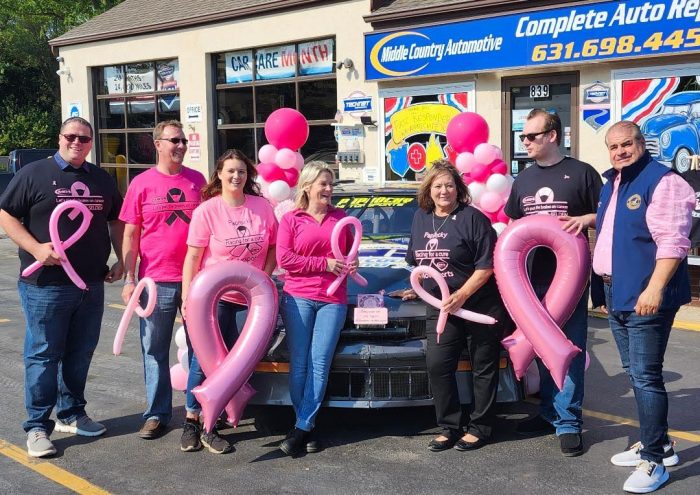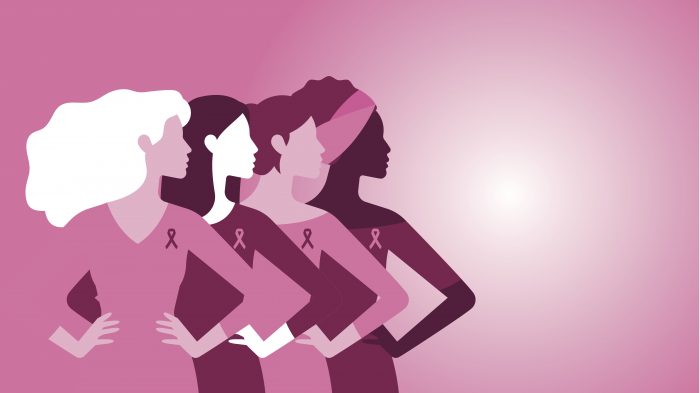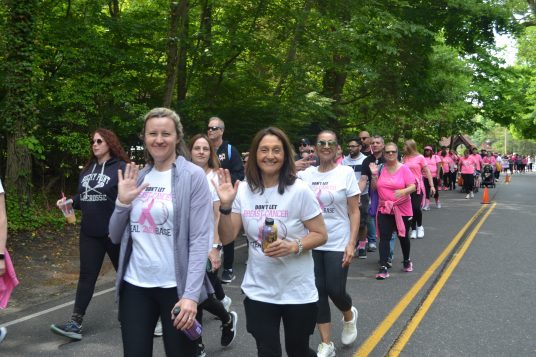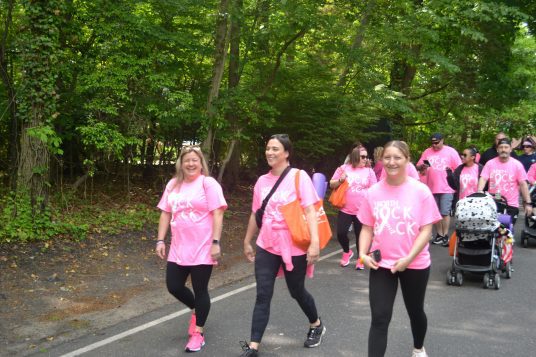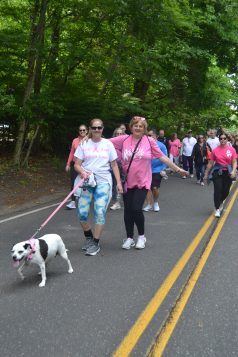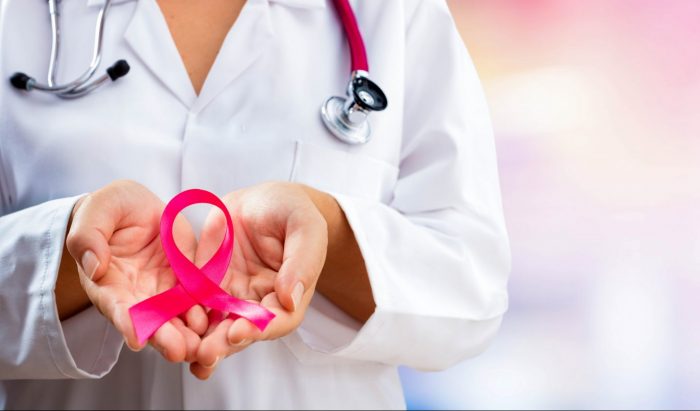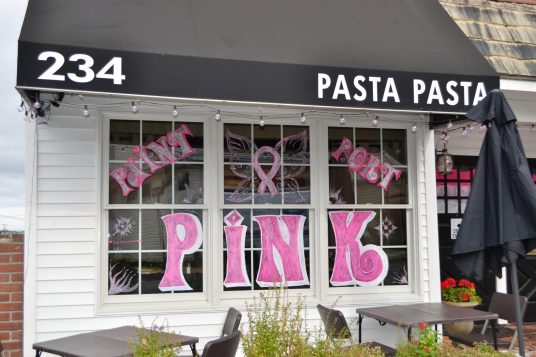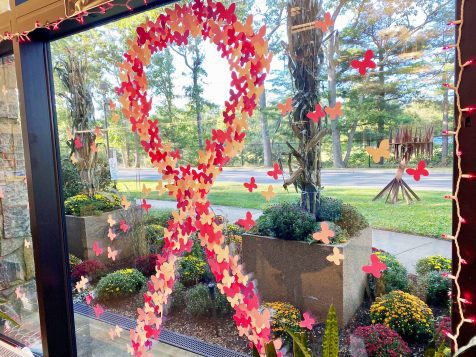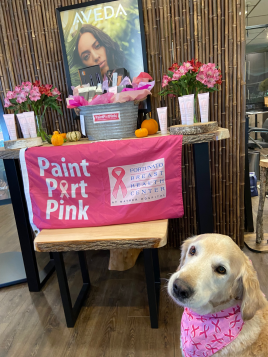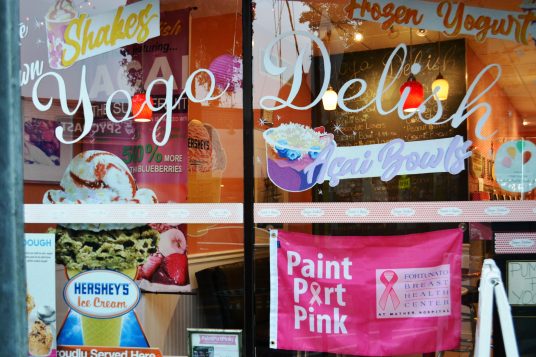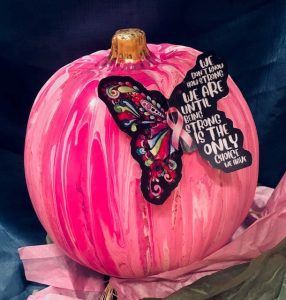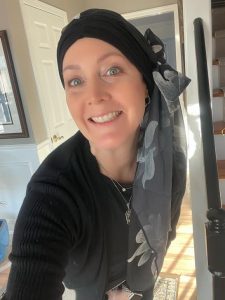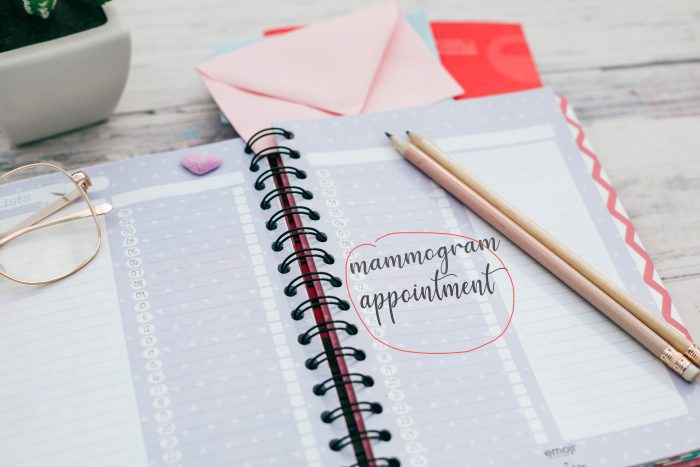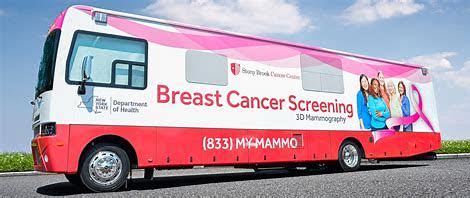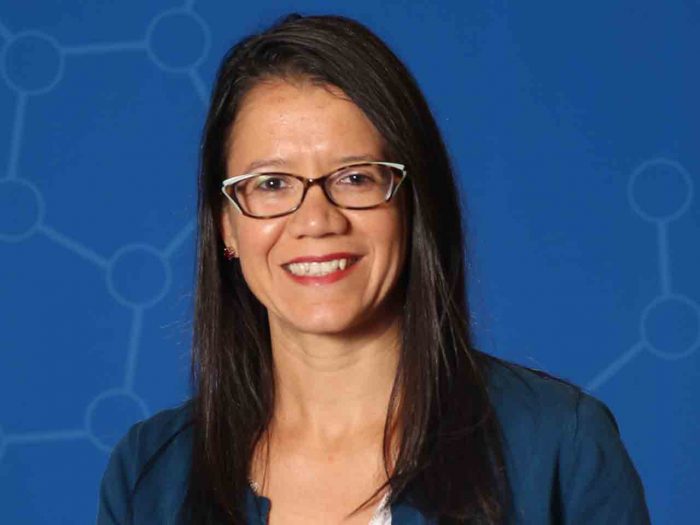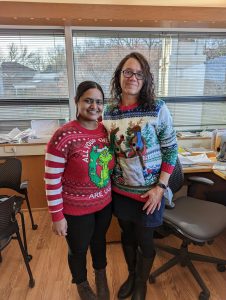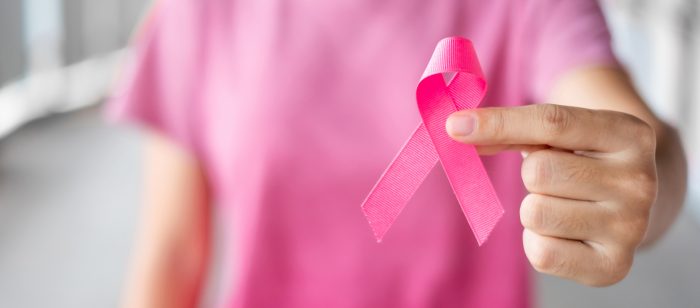By Melissa Arnold
Each October, it seems like the whole world turns pink in the name of breast cancer awareness. From fundraisers to billboards, clothing and social media campaigns, that ubiquitous pink ribbon is everywhere. Of course, there’s a clear need for awareness, as 1 in 8 women on Long Island will develop invasive breast cancer in their lifetime. But even with the October blitz, myths and misconceptions remain widely circulated among women of all ages.
Susan Samaroo is the executive director of The Maurer Foundation (www.maurerfoundation.org), a nonprofit organization in Melville established in 1995 with one goal in mind — to save lives through breast education. Their interactive workshops held in schools, colleges and community locations debunk long-held breast cancer myths, teach people how to lower their risk through lifestyle modification, and provide instruction to find breast cancer in its earliest stages when it is easiest to treat.
“We believe that it’s important to educate young people specifically and give them the information they need early on,” said Samaroo. “It’s never too early to learn what to look for and how to make positive changes that reduce breast cancer risk.”
The foundation educates roughly 20,000 people each year, the majority in co-ed settings. And Samaroo noted that they tend to hear the same rumors about breast cancer year after year. Let’s set the record straight on some of the most common myths.
MYTH: If you don’t have a family history, you won’t get breast cancer.
FACT: While family history is an important factor when considering potential risk, the National Institutes of Health reports that around 85 percent of people diagnosed with breast cancer do not have a family history.
For people that do have a family history, it’s critical to have a conversation with your doctor as soon as possible. Mammograms and other screening may be recommended as early as age 25, and in some cases, genetic testing is warranted. Having certain genetic mutations causes an individual’s risk to skyrocket, and preventative medication or surgery could be necessary.
MYTH: Only older women get breast cancer.
FACT: There are actually two false statements here. First, the age factor. According to Eileen Pillitteri, program manager of The Maurer Foundation, approximately 12,000 women in their 20s and 30s receive a breast cancer diagnosis each year.
Furthermore, men can and do get breast cancer. The Centers for Disease Control and Prevention (CDC) states that 1 in 100 breast cancers patients are men, making it critical for both men and women to familiarize themselves with the look and feel of their breasts and check regularly for lumps, discharge and changes in appearance.
MYTH: Size matters.
FACT: Some people believe that having larger breasts reflects a greater risk of cancer, but that doesn’t matter. It’s worth noting, however, that some women’s breasts are more difficult to screen for abnormal growths.
“An annual mammogram is the best overall screening test for breast cancer. There are some limitations, especially in women with dense breast tissue,” said Dr. Erna Busch-Devereaux, chief breast surgeon at Huntington Hospital, Northwell Health. “Having dense breasts means that there is not a lot of fatty tissue present in the breasts. These breasts are mostly glandular and the X-rays don’t penetrate that tissue as well, so the picture is not as clear. Finding cancer can be more difficult with dense breasts — it’s like finding a snowball (cancer) in a snowstorm (background breast tissue).”
Your doctor will let you know if you have dense breasts. Different types of screening, such as 3-D mammograms, ultrasound or MRI might be suggested for a clearer picture.
MYTH: Your deodorant or your bra could give you cancer.
FACT: As of right now, there is no scientifically-backed evidence showing an increase in breast cancer risk for women who use antiperspirants or deodorants, though there are “general concerns surrounding the impact of environmental and consumed chemicals on our health,” Busch-Devereaux said, adding that more study is needed.
And as for the rumor that wearing tight bras with underwire or any other type of bra can cause breast cancer by obstructing lymph flow? “That’s completely unfounded,” Pillitteri said.
MYTH: Lifestyle doesn’t change your cancer risk.
FACT: Across the board, limiting or avoiding alcohol consumption and eating a well-rounded, nutritious diet can help lower your risk of many cancers.
When it comes to breast cancer specifically, other choices you make can make an impact as well, but the specifics can be complicated.
“Having children at a young age and having multiple children results in a reduced breast cancer risk, but this protection is seen decades later. In the short term, there is an increased risk for breast cancer after having a child which is associated with pregnancy-related hormone surges,” Pillitteri explained.
Contraception is another tricky topic. Hormonal IUDs and oral birth control pills can increase breast cancer risk, but they can also greatly reduce the risk of ovarian and endometrial cancers, Pillitteri said. Other health professionals, including Dr. Busch-Devereaux, said that birth control pills don’t appear to increase overall breast cancer risk.
Healthcare organizations agree that most types of hormone replacement therapy (HRT) to cope with symptoms of menopause does increase breast cancer risk.
The takeaway: “It’s important to talk to your doctor about the products that are right for you based on your individual risk factors,” Pillitteri said.
Be proactive
In the end, risk of breast cancer can vary from person to person based on genetics, body type and lifestyle. But it’s never too late to make positive changes.
“Eat a healthy, well-balanced diet, exercise, maintain an average weight, avoid smoking or vaping, and limit alcohol — things that are good for overall health are good for the breasts,” Busch-Devereaux said.
Make sure you have an annual mammogram screening beginning at age 40. If you have a family history or genetic mutations, talk to your doctor about when to start screenings.
And don’t be embarrassed if it’s been a while since your last mammogram. The important thing is to go.
“Sometimes women are too worried to go for a mammogram, or they delay seeking care because they’re afraid,” Busch-Devereaux said. “We stand an excellent chance of curing cancer when it is found early, so mammograms are very important and should always be encouraged. Additionally, women shouldn’t feel afraid or embarrassed to come in for an evaluation if they feel a lump or notice a change in their breast and haven’t gone for a mammogram. We’re here to help.”
This article first appeared in TBR News Media’s Focus on Health supplement on Oct. 20, 2022.

